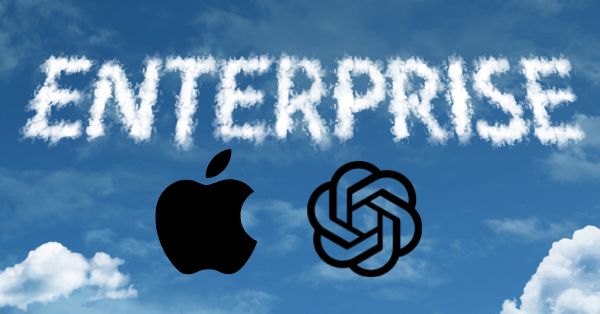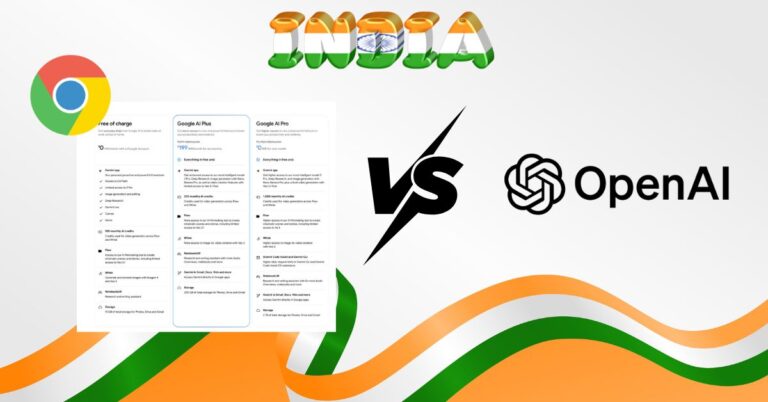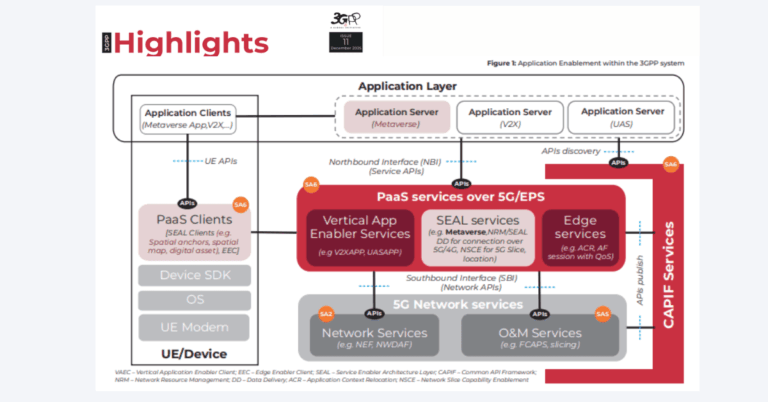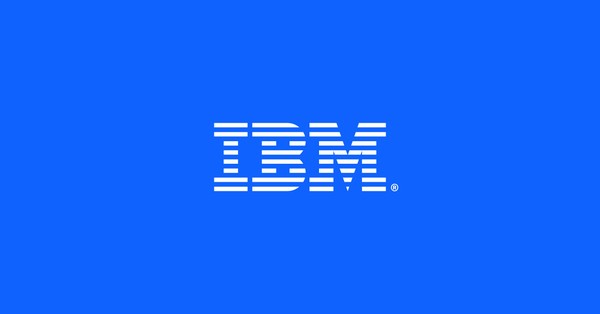Enterprise controls for ChatGPT and external AI on Apple devices
Apple’s fall software updates introduce admin-grade switches to govern how corporate users access ChatGPT and other external AI services across iPhone, iPad, and Mac.
Configurable ChatGPT for Enterprise and AI routing controls
Apple is enabling IT teams to explicitly allow or block the use of an enterprise-grade ChatGPT within Apple Intelligence, with a design that treats OpenAI as one of several possible external providers. Practically, that means admins can set policy to route requests either to Apple’s own stack or to a sanctioned third-party provider, and disable external routing entirely when required. The integration is either/or: Apple Intelligence does not proxy Apple’s cloud traffic through ChatGPT; instead, eligible requests go directly from device to the chosen external AI endpoint, simplifying policy enforcement and audit.
Organizations can permit employees to use ChatGPT’s cloud even without an enterprise contract, or require an enterprise tenancy for any external AI calls. For companies already using ChatGPT for enterprise, now serving millions of business seats, Apple’s controls reduce the risk of unsanctioned consumer AI use by anchoring requests in managed identities and devices.
Private Cloud Compute and on-device AI processing options
Apple continues to lean on its Private Cloud Compute architecture and on-device models for privacy, but crucially hands enterprises the choice of where inference occurs. Admins can decide when data should remain on the device, when to leverage Apple’s privacy-hardened cloud, and when, if ever, to use external AI. That flexibility is essential for regulated workloads, data localization, and aligning with internal AI risk controls.
Device management, identity, and Apple Business Manager updates
Beyond AI, Apple is launching an API for Apple Business Manager (ABM), letting IT teams and vendors integrate ABM functions with MDM/UEM, inventory, ITSM, and help desk tools. Expect providers such as Jamf, Microsoft Intune, VMware Workspace ONE, and Kandji to move quickly on connectors that automate user, device, and app lifecycle tasks.
Device Migration tooling is improving to simplify moves between management systemsuseful in M&A and Return to Service gains an option to wipe user data while retaining installed apps, cutting bandwidth and time to redeploy. Return to Service also extends to Vision Pro, signaling Apple’s intent to make spatial devices first-class citizens in fleet workflows.
For shared Macs, a new authenticated Guest Mode allows sign-in via an enterprise identity provider and removes user data at logout while keeping apps intact. Apple is also enabling NFC-based logins on Macs, so employees can tap an Apple Watch or iPhone to authenticateuseful in frontline, retail, labs, and other shared-kiosk scenarios.
Enterprise impact for CIOs, CTOs, and network teams
The updates align endpoint AI usage with enterprise governance, bringing AI policy, identity, and network controls into one manageable plane.
AI governance at the endpoint
Most AI risk originates at the edgeemployees pasting sensitive content into consumer tools. Apple’s model gives security teams hard stops and explicit allowances tied to managed devices and corporate identity. Enterprises can map these controls to frameworks like NISTs AI Risk Management Framework or ISO/IEC 42001, enforce an acceptable-use policy in MDM, and audit external AI calls by source, user, and app. This helps curb shadow AI, supports DLP, and reduces legal exposure while still enabling productivity features like rewriting, summarization, and visual intelligence.
Network and data plane implications for AI traffic
Routing decisions now have measurable network impact. On-device inference lowers latency and backbone costs, while cloud or external AI calls require thoughtful traffic steering. Networking teams should revisit split-tunnel policies, CASB/SSE inspection for AI domains, egress filtering, and IP allowlists tied to ChatGPT for Enterprise and other approved providers. For mobile fleets on carrier 5G, consider QoS and cost controls for AI-heavy workflows; for SDWAN/SASE, evaluate a policy that prioritizes AI traffic when it demonstrably improves user outcomes.
Regulatory compliance and data residency considerations
The ability to keep processing locally within Apple’s privacy-hardened infrastructure helps with data residency and sector rules in telecom, financial services, healthcare, and the public sector. Compliance teams should validate how logs are generated, what data is retained, and whether model providers meet contractual and regional requirements. The clean separation between Apple’s cloud and external AI endpoints simplifies DPIA assessments and vendor-risk reviews.
How Apple enterprise AI could evolve
Apple’s abstraction of external AI foreshadows a multi-model future where enterprises pick providers per task, risk level, or geography.
Multi-provider, policy-based AI controls
By not hard-coding a single vendor, Apple sets the stage for sanctioned choices among providers such as OpenAI, Anthropic, or Google, with policy determining which tasks can leave the device and to whom. Over time, expect richer controls: model selection by content class, sensitivity tagging, and routing based on residency or cost. On-device retrieval augmented generation (RAG) and secure, ephemeral context windows could further reduce data egress while keeping assistants useful.
Deeper ecosystem automation with ABM API
The ABM API should spur tighter integrations across UEM, IdPs, and ITSM/SOAR. Think automated joiners-movers-leavers flows (via SAML/OIDC and SCIM), AI feature entitlement by role, and closed-loop remediation when external AI use violates policy. Vision Pro support in Return to Service hints at broader, standardized lifecycle operations for emerging device categories.
Action plan for enterprises adopting Apple Intelligence
A phased approach will let teams enable AI safely while proving value and maintaining compliance.
Immediate steps in the next 90 days
Inventory Apple endpoints and user cohorts that will benefit from Apple Intelligence. Define an AI policy that specifies when on-device, Apple Cloud, or external AI is allowed, and under what identities. Configure MDM profiles to reflect that policy and decide whether to enable ChatGPT access without an enterprise tenancy. Update CASB/SSE rules to monitor and, if needed, block non-sanctioned AI destinations. Pilot with representative roles and measure latency, accuracy, and user satisfaction.
Near-term roadmap for 3–9 months
Evaluate enterprise contracts with ChatGPT or alternatives based on privacy posture, residency, and cost-per-user. Integrate the Apple Business Manager API with ITSM and UEM for automated provisioning, device migration, and Return to Service workflows, including Vision Pro where relevant. Roll out authenticated Guest Mode for shared Macs and deploy NFC readers in high-churn environments. Align audit and retention with legal and compliance requirements.
KPIs to track for AI adoption and governance
Adoption of Apple Intelligence features, percentage of AI requests handled on-device versus cloud, external AI calls allowed/blocked, model cost per active user, average response latency, time to redeploy with Return to Service, reduction in shadow AI incidents, and employee satisfaction. Use these metrics to refine routing policies and investment decisions.
Bottom line: Apple is meeting enterprises where they aremixing on-device AI, privacy-centric cloud, and controlled access to external modelswhile modernizing the device-management stack that operational teams rely on every day.







































